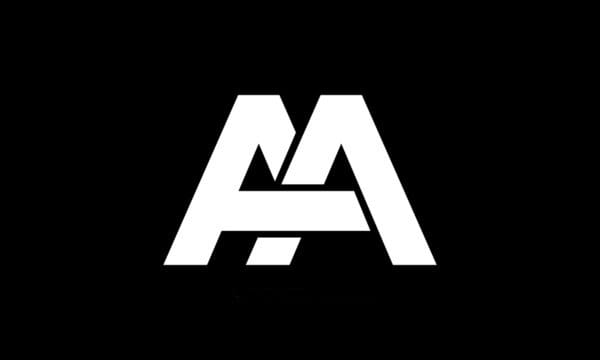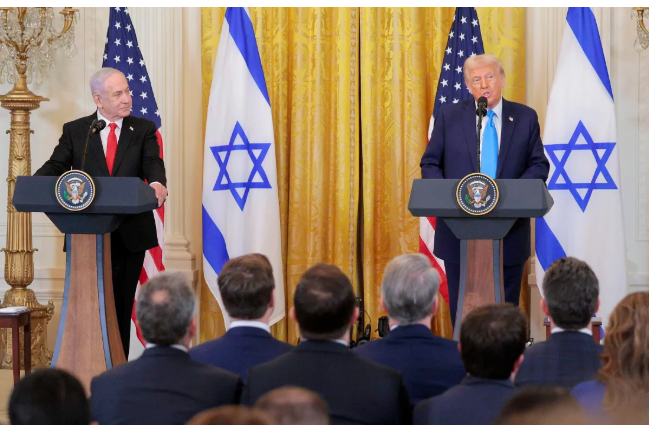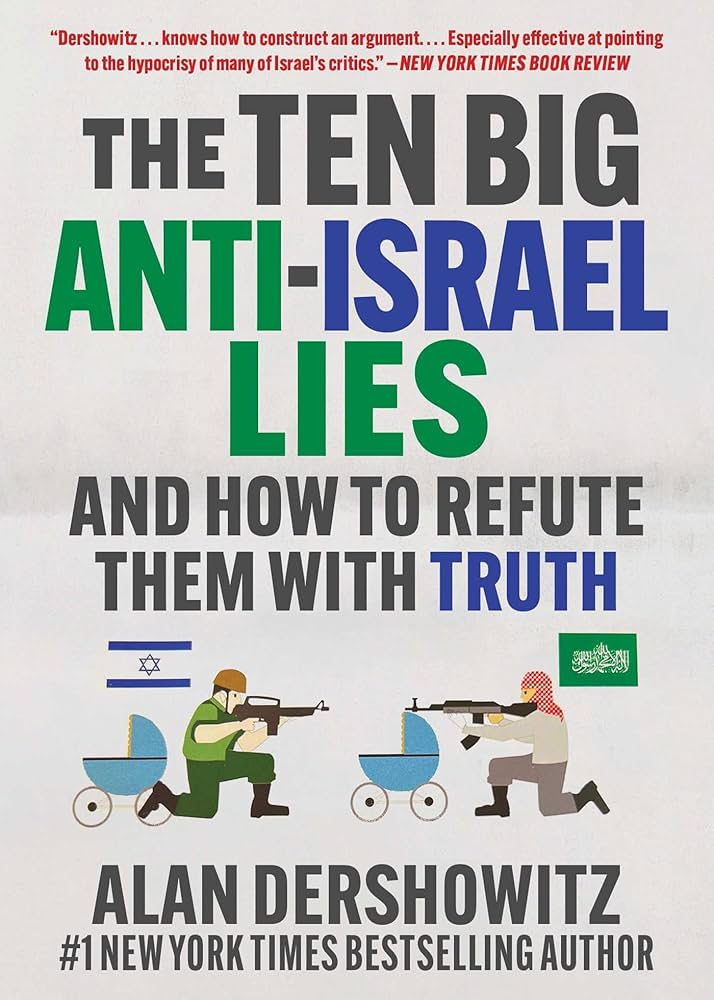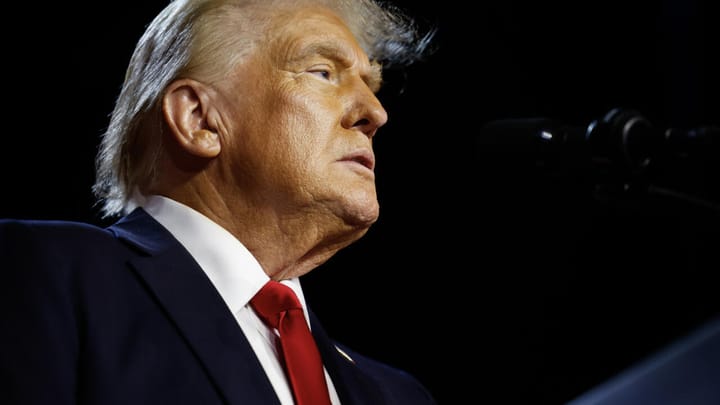Legal Action Against Those Who Funded Hamas, Promoted Antisemitism, & Prolonged Middle East Violence in the US Justice System

As the fog lifts on the carnage of the October 7, 2023, terrorist attacks by Hamas-controlled Gazan militias, new realities are coming up. Hamas’ recklessness has affected many groups of stakeholders far and wide. As families mourn the losses of their loved ones through the killings and kidnapping on the day and afterward, the consequences are getting clearer. Hezbollah, Syria, and Lebanon are facing the rightful aftermaths of arming and supporting Hamas directly. However, across the Atlantic, a different species of repercussion is unfolding – legal action against those who fund or support Hamas in the United States.
Hamas is designated as a terrorist organization by the United States, the European Union, and several leading democracies across the globe. However, many legal issues relating to supporting a group like Hamas were not tested in most jurisdictions.
As long as Hamas remained a dormant organization that presented itself as the de facto government of the Gaza Strip, no legal action could be taken against those who supported and funded it.
October 7th was bound to change this all.
The Anti-Terrorism Act (ATA)[1] allows a plaintiff to commence litigation if they can prove that a specific defendant supported an identifiable act of terror. This could lead to actions, damages, and injunctions/estoppels against the defendant in question.
Therefore, anyone who gave Hamas money as the ruling entity in the Gaza Strip was potentially liable to legal action under the ATA. That is because any money transferred from the United States to the Gaza Strip that was used in Hamas’ attacks against Israelis and American citizens on October 7 could pass as "terrorist funding."[2].
Also, any funding ongoing funding that could potentially prolong the war, endanger American and Israeli hostages held by Hamas after October 7, or increase the cycle of violence in the Middle East could be classified as “terrorist funding”.
This allowed victims in the United States to commence an action against major entities in the United States right after October 7 occurred.
First, a lawsuit was issued against the Students for Justice in Palestine (SJP), which issued a toolkit that presented a directive to its members throughout America which asserted that their members are part of Hamas. They issued guidelines on how to protest.[3]. This was within the ambit of “glorifying terror”.
The state of Florida banned the SJP almost instantly, and the litigation isolated and limited the National branch of the SJP.[4]. The different local branches had to adopt a less radical position to avoid breaking the ATA further.
Secondly, the Associated Press, which bought photographs from Hamas and from terrorists engaged in the acts of October 7, was sued. This is because they were directly funding terror.
Then, the world's biggest cryptocurrency exchange platform, Binance, was sued by the victims affected by the October 7 attacks, alongside the governments of Iran and Syria.[5]. Binance asserted that they gave small donations to Hamas. However, it turned out that these tiny donations were done so frequently that they could be traced to the terrorist attacks of October 7.
The Palestine Chronicle and the People Media Project were both sued by a rescued hostage because their Gaza reporter held Israeli hostages.[6].
UNRWA, which enjoys immunity in US law because it is an international organization, lost this protection because some of its charitable entities were registered as 501(c)(3) nonprofits in Delaware[7]. This lawsuit caused UNRWA to fire some of their board members.
Ultimately, a study by ISGAP and the Network Contagion Research Institute indicated that foreign funding on American university campuses increased by $13 billion, with funds emanating from Qatar and other authoritarian states.[8]. This saw Antisemitism increase by 300% in more than a hundred American universities.
In conclusion, Hamas’ reckless murderous actions on October 7 2023, had far-reaching consequences. Anti-terrorism laws in the United States and other democracies around the world allow victims to go after groups like Hamas that commit terror through litigation. In the US, this saw actions against (1) student groups for “glorifying terror”, (2) sponsors of Hamas whose funds could be used in the violence, (3) legal entities in America whose agents on the ground were used in perpetrating terror or holding hostages, (4) registered charities whose funds were misapplied by Hamas in ways that ended up in terrorist acts, and (5) some consequences for those who fund actions on campuses that encourage Antisemitism.
As an end note, applying the Anti-Terrorism Act (ATA) comes with high uncertainty. It creates vicarious liabilities for Americans whose agents embroil themselves in terror. To avoid falling into such traps, legal experts recommend Natan Sharansky's 3D Test in assessing any foreign recipient of aid in relation to Israel or other states targeted for terror.[9]This includes confirming whether the group is involved in using the following to address the targeted group (in this case, Israel):
1. Double standards,
2. Delegitimization, and
3. Demonization[10]
These three pointers might not predict how a recipient of foreign aid might behave. However, they can be used to reasonably forecast risks in a group receiving aid, which can be useful in reducing exposure to anti-terrorism litigation in the United States and other leading democracies.
[1] 18 U. S. C. §2333,
[2] Touro Talks. “Taking Hamas Funders To Court. Episode 3, Season 4” Touro University. Held: November 19, 2024. Available at: https://www.touro.edu/news--events/touro-talks/
[3] Alan Blinder. “Inside the Pro-Palestinian Group Protesting Across College Campuses” New York Times. Published: November 17, 2023. Available at: https://www.nytimes.com/2023/11/17/us/students-justice-palestine-campus-protests.html
[4] Touro Talks. “Taking Hamas Funders To Court. Episode 3, Season 4” Touro University. Held: November 19, 2024. Available at: https://www.touro.edu/news--events/touro-talks/
[5] Binance. “Binance And Former CEO Sued By Victims Of Hamas Attack On Israel”, Published: February 1, 2024. Available at: https://www.binance.com/en/square/post/3518238369066
[6] Marc Rod. "House committee chairs ask DOJ to investigate publication linked to Hamas affiliate who held hostages" Jewish Insider. Published: July 10, 2024. Available at: https://jewishinsider.com/2024/07/palestine-chronicle-people-media-project-israel-gaza-hamas-hostages/
[7] Touro Talks. “Taking Hamas Funders To Court. Episode 3, Season 4” Touro University. Held: November 19, 2024. Available at: https://www.touro.edu/news--events/touro-talks/
[8] Charles Asher Small et al. "The Corruption of the American Mind" ISGAP Published: November 2023. Available at: https://isgap.org/wp-content/uploads/2023/11/The-corruption-of-the-american-mind.pdf
[9] Anna-Esther Younes. "Fighting Antisemitism in Contemporary Germany" Islamophobia Studies Journal 5 (2) 2020 p256
[10] Nathan Sharansky. "3D Test of Antisemitism: Demonization, Double Standards, Delegitimization". Jewish Political Studies Review Vol. 16, Fall:2004 3–4.




